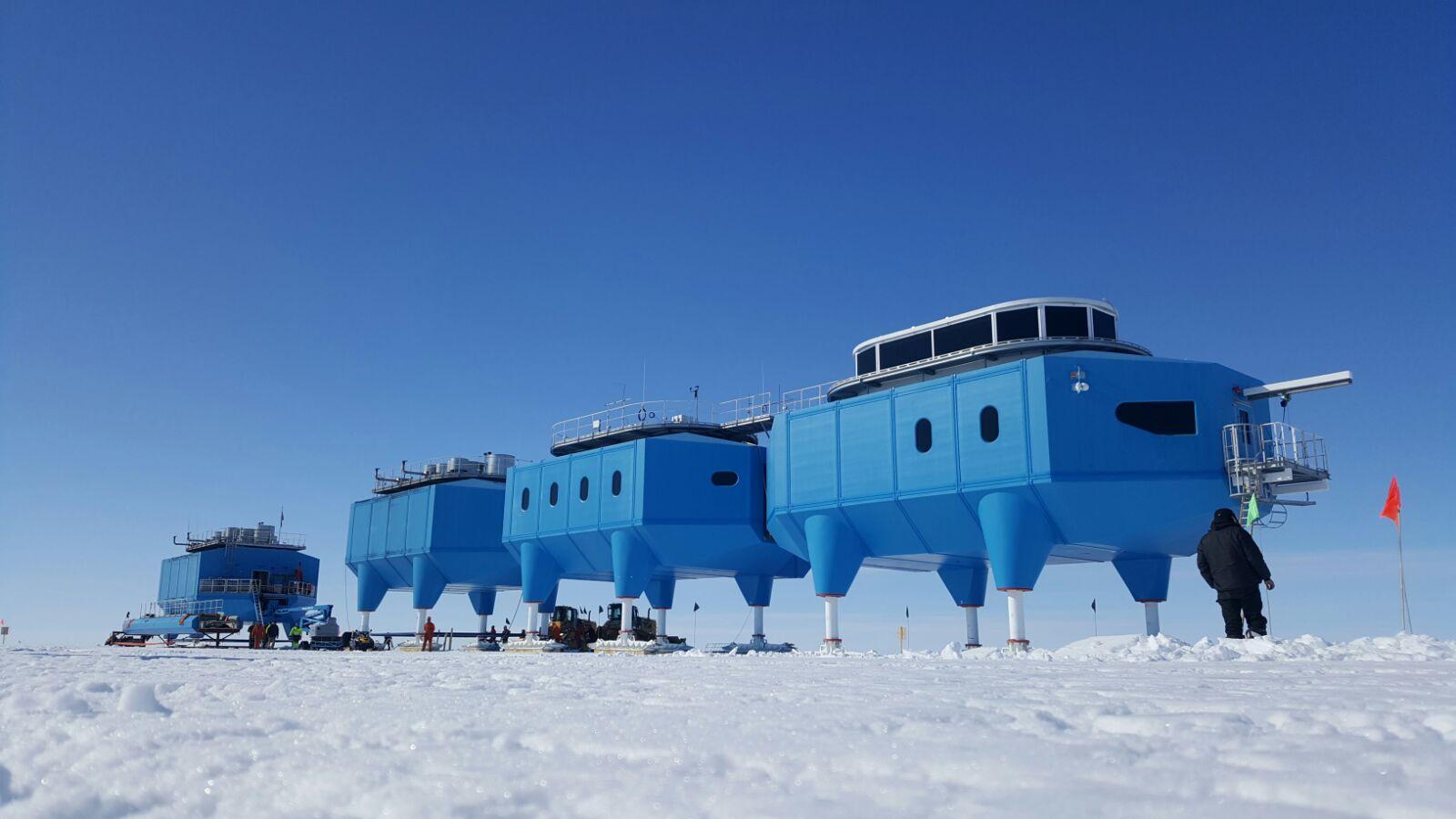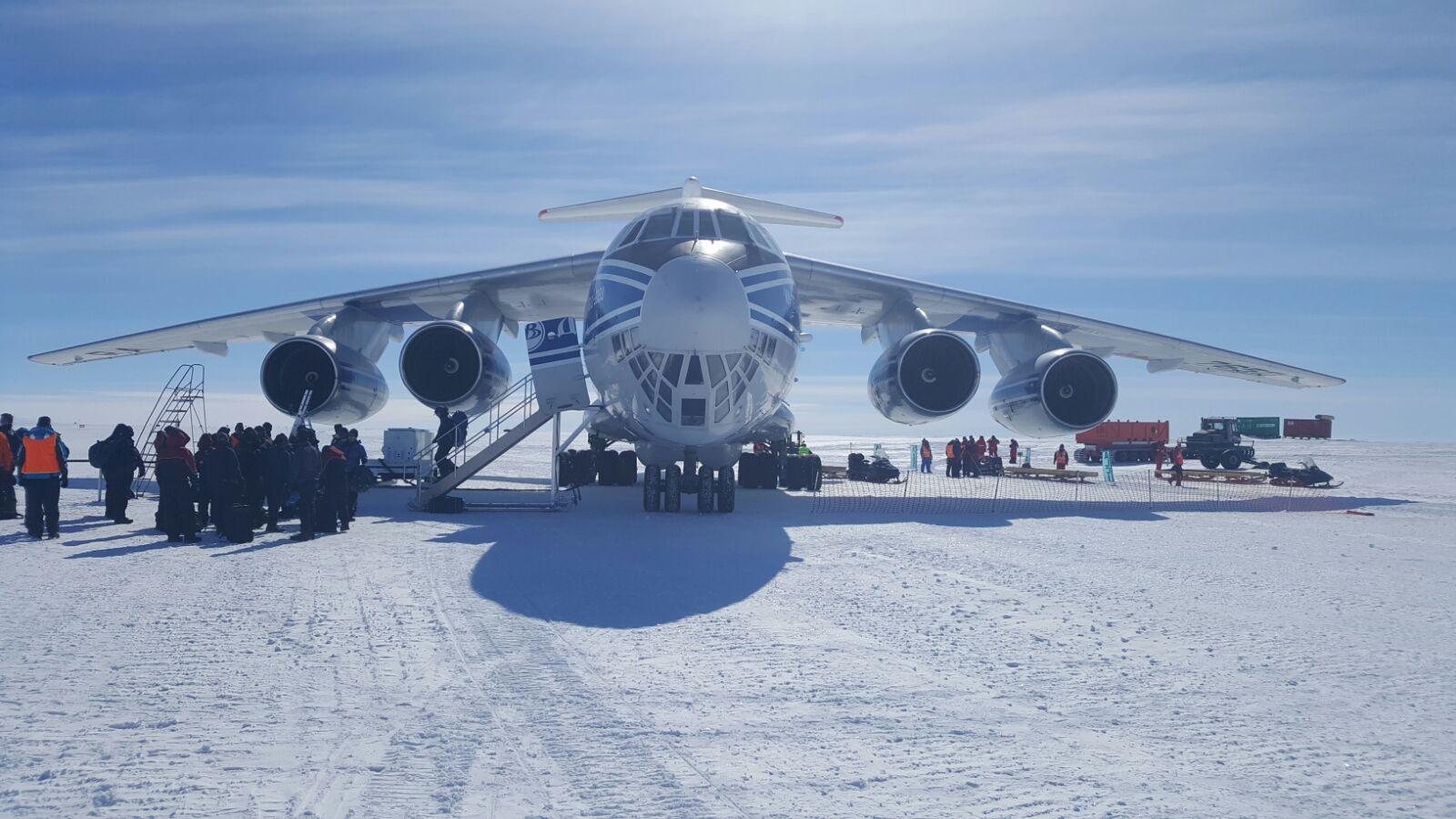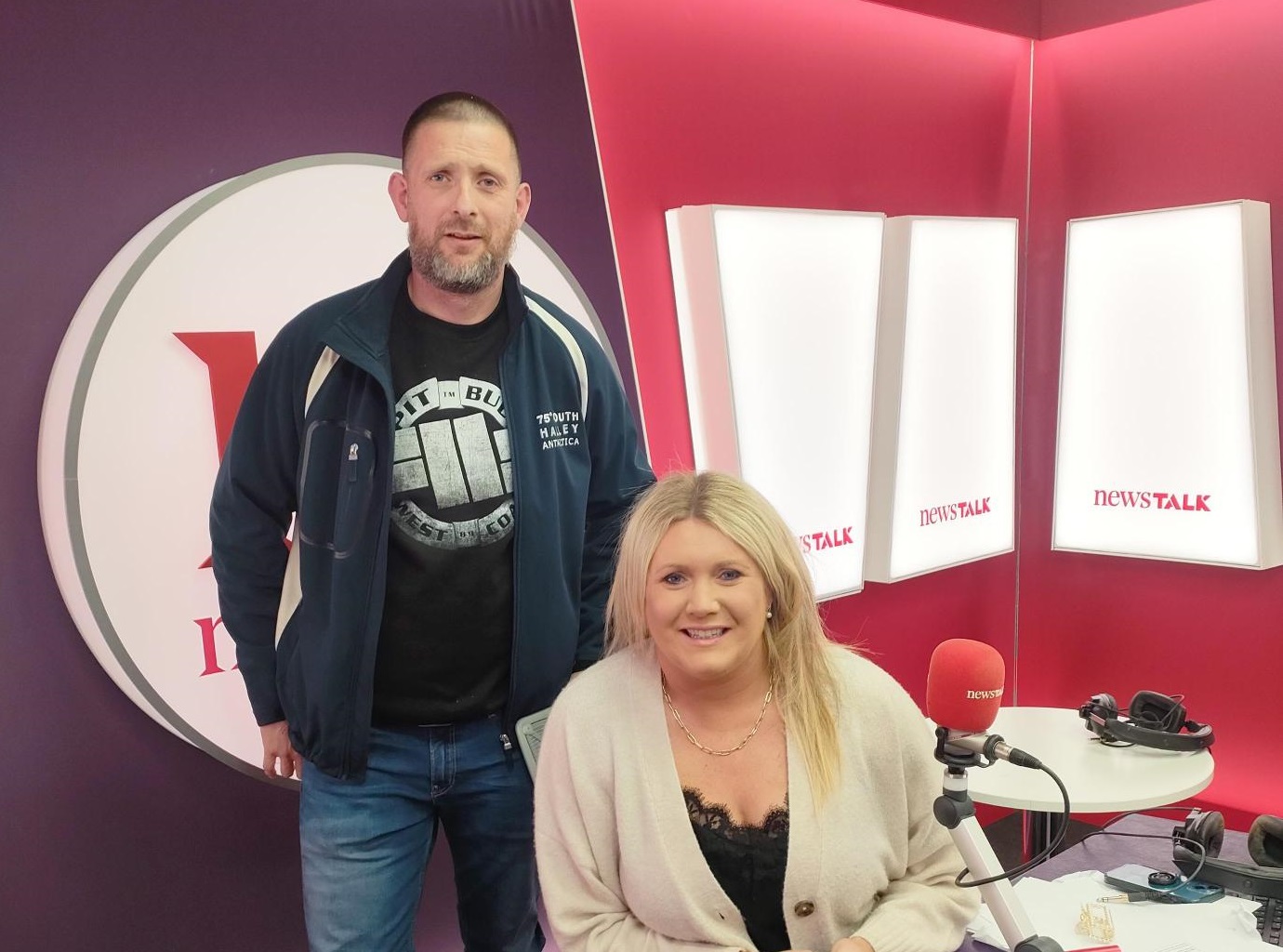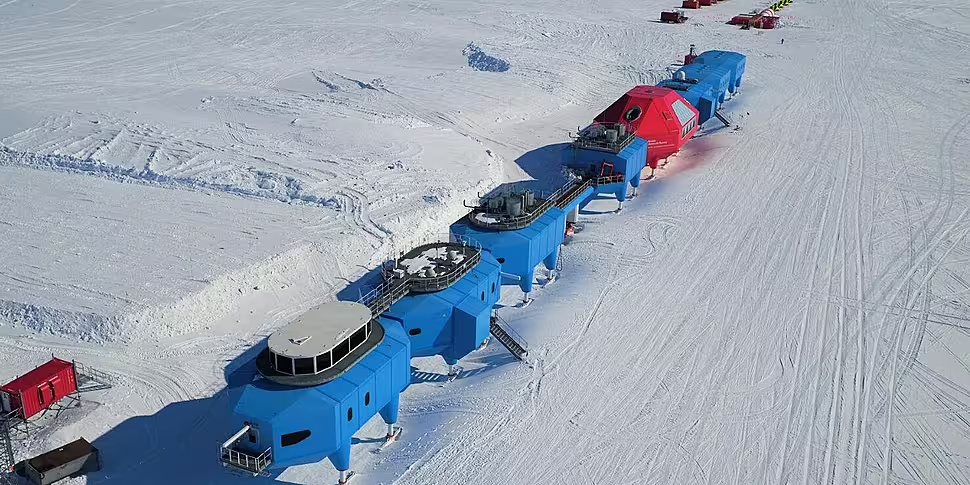What’s it like living and working in Antarctica?
On Lunchtime Live’s Ask Me Anything series this afternoon Andrea Gilligan spoke to a man who did just that.
Gerard Ryan told Andrea he decided to go for it back in 2017 "for the craic" after seeing a job advertised online.
"It was actually for the British Antarctic Survey and I got the job," he said.
"I was just firing it out just for the craic, and I got the call.
"It was an ice station rescue; they'd to move an ice station across the ice sheet because there was a craic in it.
"They needed labour to go down there to move it... I'm a plumber and pipefitter by trade."
 Image: Gerard Ryan
Image: Gerard RyanGerard said it was nice just to get away from it all.
"It's nice in a way, especially nowadays we can't get away from technology," he said.
"Phones, internet, we're surrounded by it.
"I'd probably do a prison sentence after it handy enough from being four or five months down there with no communication.
"It was nice - the only thing my phone was good for was a camera."
 Image: Gerard Ryan
Image: Gerard RyanOne listener asked what timezone he was on in Antarctica. Gerard said he was working on the same time as the UK, as they were his employers.
"I was working for the British Government more or less down there, so we were on their time zones to suit communication purposes," he said.
"It's 24 hours of sunlight down there, so it doesn't really matter what time of the day it is - it's always bright.
"I went down there in the summer, which is our winter, and the sun just does laps of the sky.
"I used to get up at 3.30 in the morning and it's like going out at 2pm in the day."
 Image: Gerard Ryan
Image: Gerard RyanGerard said his working day was usually 8am to 5pm, with downtime on a Saturday.
Another listener asked what did he do for fun?
"They used to bring us out to the coast, you can actually go see colonies of Emperor Penguins," he said.
"You can go climbing ice walls, driving snowmobiles, skidoos, cross-country skiing, cycling.
"What they do outside the station, they have it all cordoned off because they have to scan the ground for crevasses and holes to make sure you're not in an area that's full of holes.
"If you fall down [a hole] you're brown bread."
 Image: Gerard Ryan
Image: Gerard RyanGerard said the socialising could go on for hours.
"You finish at 5pm, it doesn't get dark, so you can be out until 11pm or 12am if you want," he said.
"I'll be honest with you, I went down there for, I think it was five months, and I done about eight days work."
Gerard said there is plenty to do besides outdoor activities.
"You can watch any amount of television you want, there's boxsets, there's everything down there," he said.
"Music rooms, there'a a gym - there's plenty to do."
 Image: Gerard Ryan
Image: Gerard RyanAnother listener wanted to know how Gerard got there.
"I flew from Shannon, Gatwick, Gatwick to Cape Town, four days in Cape Town waiting for the weather to break in the Antarctic," he said.
"Then when the weather breaks you just get a phone call [to] go to the airport.
"Cape Town straight down for six hours into Novo, which is a Russian base, and then a couple of hours over to Neumayer, which is a German base and then into Halley [UK Research Station]."
 Gerard Ryan and Andrea Gilligan in Newstalk studios, 17-11-23. Image: Newstalk
Gerard Ryan and Andrea Gilligan in Newstalk studios, 17-11-23. Image: NewstalkAnother listener asked what he ate and how waste was dealt with?
"When we were down there, there was 100 staff,” he said. “It was a special operation as they call it, we had a Michelin Star chef down there.
"A few of my buddies down there put on two and three stone in the space of three or four months.
"He was French, so you can imagine... the food would come in on a ship maybe twice a year."
As for the waste, Gerard explained: "Human waste, most of that is incinerated; [general waste] is recycled, you put it into bags and back in the ship and brought back".
Gerard said the trip from Ireland to Antarctica took 11 days overall.
Listen back here:









